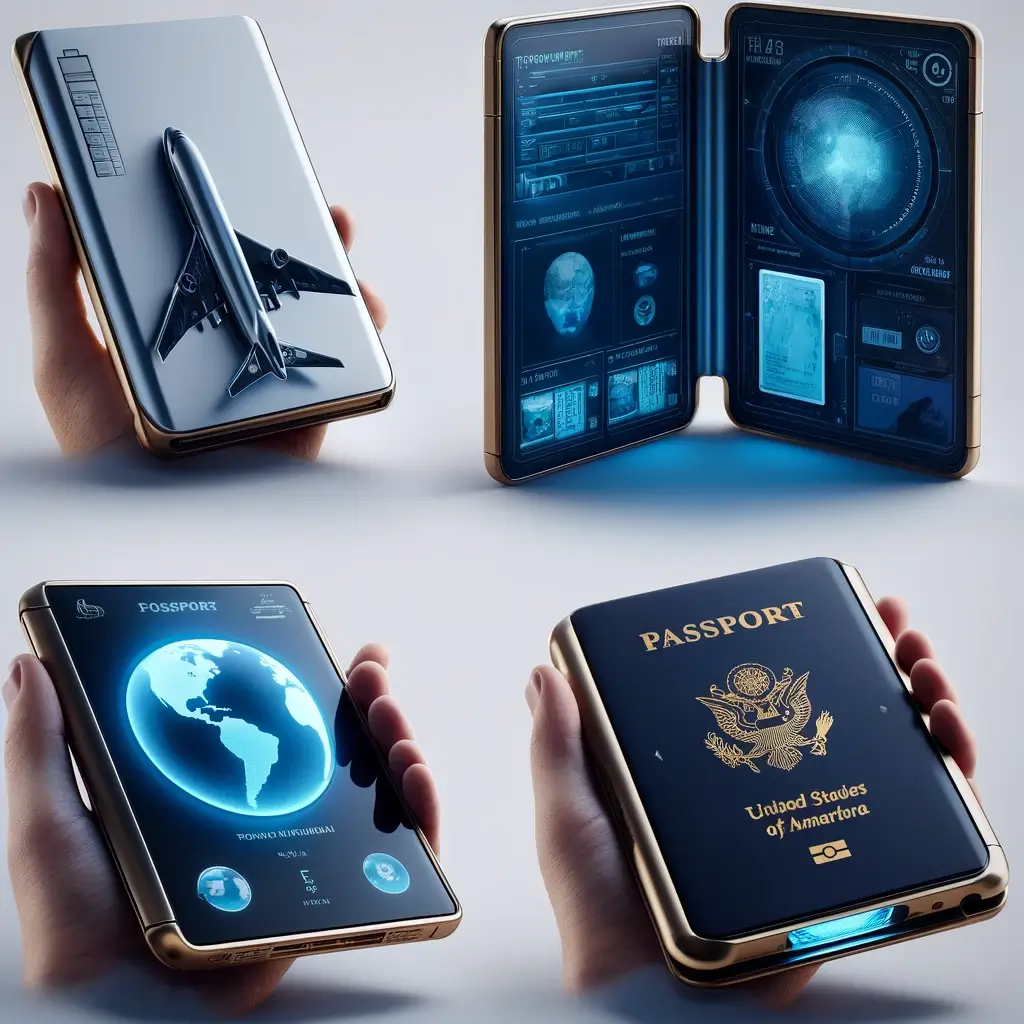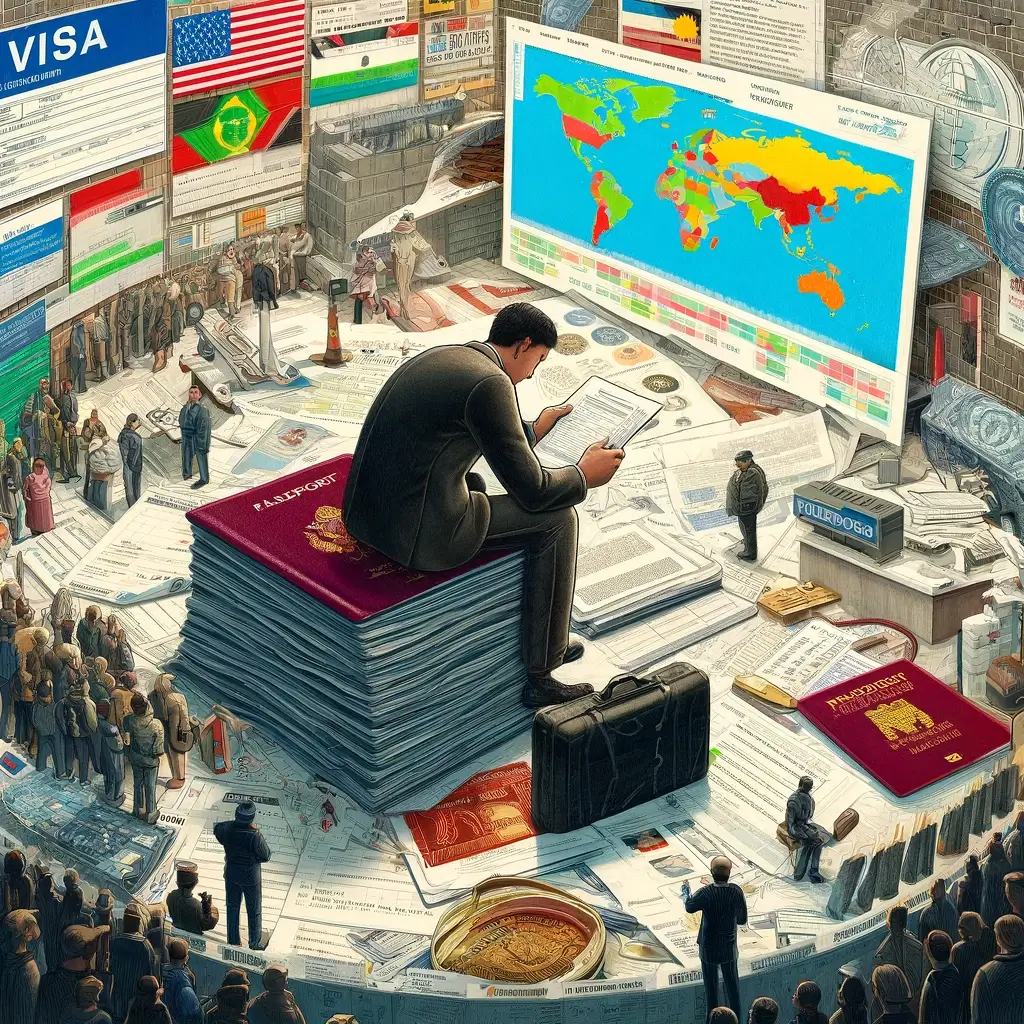The Inception of Passports
The history of passports dates back to ancient times, with the earliest references found in the Hebrew Bible, where Nehemiah, a servant of the Persian king Artaxerxes I, received a letter in the 5th century BCE granting him safe passage to Judea. In medieval Europe, documents similar to modern passports were used to ensure safe passage for travelers and to control movement across borders. These early passports were often letters issued by a monarch or a local authority, granting the bearer permission to travel or conduct trade.
The concept of a passport as a standardized document for international travel began to take shape in the 19th century, particularly with the 1920 League of Nations conference on passports and customs formalities, which standardized the format and content of passports. Since then, passports have evolved into sophisticated documents with various security features, such as biometric data, to prevent fraud and ensure the authenticity of the holder’s identity. Today, passports are an essential part of international travel, serving as a universally recognized form of identification.
What did they use before passports?
- Letters of Introduction: These were letters written by a person of authority, such as a noble or a government official, introducing the traveler to the authorities or individuals in the destination area. The letter would vouch for the traveler’s character and intentions.
- Letters of Credit: Especially important for traders and merchants, these letters confirmed that the bearer had access to funds and could be trusted to conduct business.
- Safe-Conducts: Issued by governments or monarchs, safe-conducts were documents granting the bearer protection and safe passage through a region, often during times of war or conflict.
- Seals and Signets: Nobles and other high-ranking individuals might carry a seal or signet ring as a form of identification, which could be used to authenticate documents or letters they carried.
- Personal Recognition: In smaller communities or within certain networks (such as religious or trade groups), personal recognition by community members or fellow group members could suffice for safe passage and transactions.
The Changing Landscape of Travel
In recent times, international travel has become more commonplace, leading to an increased demand for passports. However, this surge in global mobility has also highlighted some inherent problems with the current passport system.
The Challenges with Current Passports
- Discrimination Based on Nationality: Passports can lead to discrimination, as individuals from certain countries may face difficulties entering other countries or be subject to stricter visa requirements due to the actions or policies of their home governments. One major issue is that individuals can face significant difficulties entering countries or even be blacklisted due to the actions of their birth nation, which they may not agree with or support. This seems unfair, as it penalizes individuals for circumstances beyond their control. As a result, some people resort to purchasing passports from other countries or limiting their travel to specific destinations.
- Identity Theft and Fraud: Passports are valuable documents, and there is a risk of identity theft or fraud if they are lost or stolen. Forged passports are also used for illegal activities, such as human trafficking and terrorism.
- Bureaucracy and Delays: Applying for or renewing a passport can be a time-consuming process, with bureaucratic hurdles and long wait times, especially in countries with inefficient administrative systems.
- Cost: The cost of obtaining a passport can be prohibitive for some individuals, particularly in low-income countries, limiting their ability to travel internationally.
- Privacy Concerns: Modern passports, especially biometric passports, contain sensitive personal information, raising concerns about privacy and data security.
- Limited Validity: Passports have an expiration date, and travelers must ensure that their passports are valid for the duration of their trip, as well as for a certain period beyond their return date for some countries. This can necessitate renewing a passport even if it hasn’t been used extensively.
- Lack of Comprehensive Identity Verification: While passports verify nationality and travel history, they do not necessarily reflect an individual’s character, trustworthiness, or financial stability, which can be important for certain types of travel or international transactions. Another challenge is that while passports confirm a traveler’s nationality and travel history, they don’t necessarily reflect their character or trustworthiness. The difficulty some individuals face when applying for visas, requiring extensive documentation and background checks, underscores this point. A passport doesn’t guarantee that a person is of good conduct or credit, despite being a citizen of a particular country.
Envisioning the Future Passport
In light of these issues, what might a future passport look like? As global mobility increases and people’s connections to their birth nations evolve, there’s a growing need for a new form of identification.
A passport of the future might incorporate several advancements to address current challenges and leverage new technologies:
- Digital Passports: A digital version of the passport stored on a smartphone or other electronic device, with secure encryption and authentication methods to prevent unauthorized access and ensure privacy.
- Biometric Data: Enhanced biometric features such as facial recognition, iris scans, and fingerprints for more accurate and secure identity verification.
- Blockchain Technology: Utilizing blockchain to create a tamper-proof, decentralized record of a traveler’s identity and travel history, improving security and reducing the risk of fraud.
- Global Credit Passport: A concept where a third-party organization, rather than a country, issues a passport based on a person’s conduct, credit, and trustworthiness, providing a more comprehensive overview of their suitability for travel.
- E-Passport Gates: Expanded use of automated e-passport gates at airports and border crossings, speeding up the immigration process and reducing the need for manual checks.
- Personal Data Control: Features that allow individuals to control what personal data is shared and with whom, addressing privacy concerns.
- Renewal and Updates: Easier and more efficient processes for renewing and updating passport information, possibly through online platforms or digital apps.
- Multi-National Recognition: As people become more globally mobile, there might be a move towards passports that are recognized and accepted by multiple nations, beyond the traditional nationality-based system.
A potential solution is a “global credit passport” issued by a third-party company rather than a country. This passport would assess a person’s conduct, credit, and trustworthiness, providing a comprehensive overview of their suitability for travel. It would authenticate their travel history, ability to fulfill financial obligations, and overall conduct. This digital document could streamline the visa application process, eliminating the need for repetitive document preparation and allowing for easy verification.
Introducing Global Passport.


Conclusion
While passports have been a staple of international travel for centuries, the changing landscape of global mobility and the inherent challenges of the current system necessitate a reevaluation of what a passport should represent. A move towards a more holistic and globally recognized form of identification could pave the way for a more equitable and efficient travel experience.

